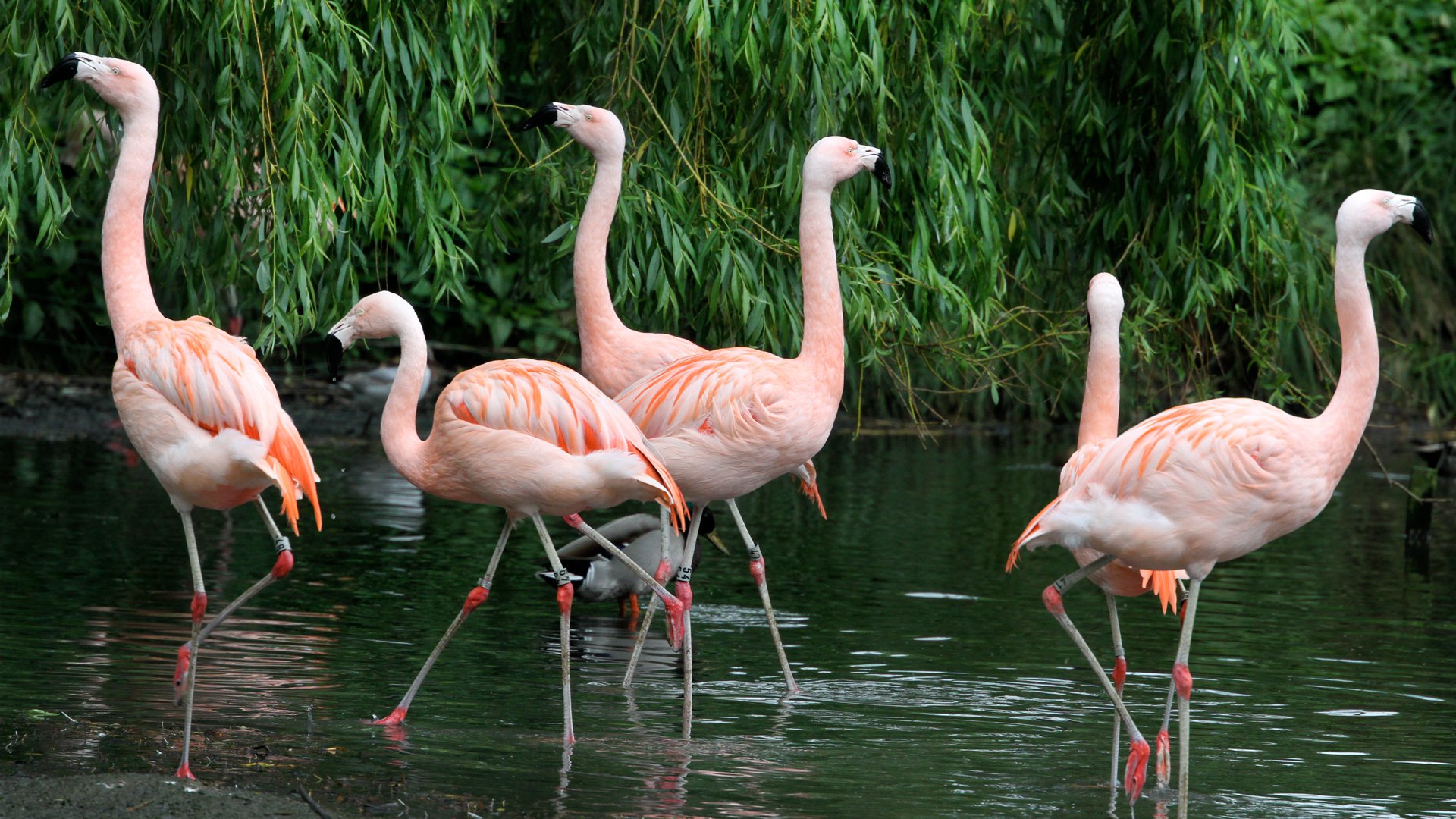In a previous blog post, our lab technician talked about using microbes to create a soil improver from elephant dung for ARTIS’s edible garden. While the use of microbes is also the topic of this month’s blog, the environment has changed from land to water: the mainspring of life on earth.
Of ponds and bird droppings
The three ponds near the ARTIS entrance are the remnants of the former Nieuwe Prinsengracht canal, which was closed for shipping in 1866. These ponds today house three animal enclosures: great white pelicans (Pelecanus onocrotalus) in the north-east, buff-cheeked gibbons (Nomascus gabriellae) in the centre and a large colony of Chilean flamingos (Phoenicopterus chilensis) in the south-west. They also accommodate over a hundred native species of water fowl, including grey herons, black-crowned night herons, cormorants and ducks. Needless to say, the ponds exhibit not only a daily spectacle of fluttering and cackling, but also masses of bird droppings.

Secrete ...
Most bird droppings land straight in the water, while some land on the banks first before ending up in the water. Nature reserves, on the other hand, are home to fewer birds, fanning out over a wider area. As a result, there usually is an equilibrium between the influx of bird droppings (and other animal poo) and the microbes breaking this down. Due to the large number of birds in the ARTIS ponds, the water also receives a large influx of organic matter and waste products. While some substances remain suspended or float in the water, others sink and create a thick, often anaerobic silt layer. During spring and summer in particular, this situation can cause murky water, stench and even a worst-case scenario: the bloom of unwanted microbes, including certain species of cyanobacteria (blue-green algae).
... spread …
A cocktail of beneficial microbes has been added to the ARTIS ponds since autumn 2017. This so-called ‘effective micro-organism’ (EM) mix includes a range of beneficial lactic acid bacteria, streptomycetaceae and fungi. These EMs are applied to reduce the annual recurrence of murky water and stench issues, as well as to prevent the bloom of unwanted microbes. Basically, the ponds receive a course of probiotics. During the autumn holiday, ARTIS visitors were invited to assist in releasing the microbes into the ponds for their first round of ‘treatment’. The chosen method was the so-called dango: balls of clay soaked in the EM cocktail. As an equal distribution of clay balls across the ponds was required, some visitors eagerly took up the challenge by tossing the balls as far away as possible. While the clay gradually dissolved, the microbes spread throughout the water of the ponds in a slow and even manner.
... and succeed
To continue the treatment, many a litre of beneficial microbes has been added after the first round. Periodic samples have also been taken for chemical and microbiological analysis. An evaluation took place in October 2018, a year into the project. As it turned out, the water in the ponds had actually become less murky and their stench was thought to have decreased. As expected, there was a high level of waste products in the water. The next step is cleaning this waste, and make plans on how to manage the ponds, including their variety of animal life, in as sustainable a manner as possible. All in all, the experiment was a success, once again proving that the tiniest organisms on earth never flinch when faced with processing a shitload of secretion!
